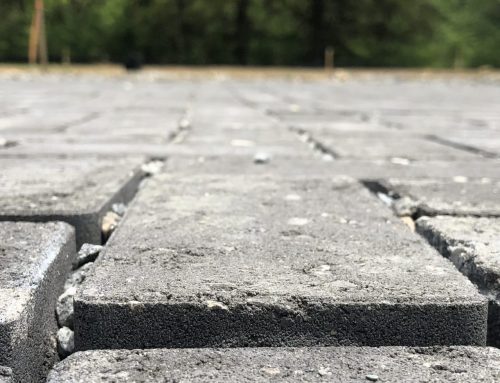October 14, 2020, Ellicott City, MD – After months of collaboration, a coalition of nonprofits, including the Center for Watershed Protection, have drafted a comprehensive and cost-effective approach to reduce nutrient pollution flowing past the Conowingo Dam into the Chesapeake Bay. This work began in September 2019 when the U.S. Environmental Protection Agency (EPA) provided nearly $600,000 for three projects to further the Conowingo Watershed Implementation Plan (WIP), including support for the Center for overseeing the WIP’s development and implementation.
The coalition, which also includes the Chesapeake Bay Trust and the Chesapeake Conservancy, partnered with the EPA’s Chesapeake Bay Program (CBP) and a Steering Committee made up of representatives from the Chesapeake Bay Commission and each Chesapeake Bay watershed jurisdiction — Delaware, the District of Columbia, Maryland, New York, Pennsylvania, Virginia, and West Virginia — to draft the WIP.
“As a neutral, non-political organization, the Center’s goal for this and every project is to determine and implement highly effective ways to reduce agricultural and stormwater runoff to clean up our water,” said Hye Yeong Kwon, Executive Director of the Center. “The Center staff are uniquely positioned to handle such a complex project because of our skillset and experience working with both regulatory bodies and organizations that implement nutrient reduction strategies.”
WIPs are the roadmaps for how the Bay jurisdictions, in partnership with federal and local governments, will achieve the Chesapeake Bay Total Maximum Daily Load (Bay TMDL) allocations, also known as a “pollution diet.” The Bay TMDL, developed by the EPA, identifies the necessary pollution reductions of nitrogen, phosphorus and sediment across the watershed jurisdictions and sets pollution limits.
For decades, the Conowingo Dam functioned to trap nutrients, sediment, and other pollutants, reducing the amount of pollution reaching the Chesapeake Bay. However, recent water quality monitoring data and new computer modeling indicate that sediment has built up behind the dam and it is no longer able to trap any more sediment or other pollutants – a phenomenon known as dynamic equilibrium. More nutrient reductions are needed to achieve Bay TMDL cleanup goals, which states are already struggling to meet. The Conowingo WIP is a strategy to address that gap.
“The Conowingo WIP is a little different from other WIPS,” explained Bryan Seipp, the project manager who is leading this effort for the Center. “It has one focus: nitrogen. The goal of the plan is to find the lowest cost solutions to eliminate six million pounds of nitrogen pollution entering waterways. The Conowingo WIP is a much-needed solution to a challenging problem that will build on, but not duplicate, the WIPs that states are already using to meet their existing goals.”
The Chesapeake Bay Program invites input from all stakeholders, including individual residents, businesses, watershed groups and local governments. Comments on the draft WIP are welcomed from Wednesday, October 14, 2020 and Monday, December 21, 2020. Interested parties can offer input by submitting comments and questions related to the draft WIP to CWIP@chesapeakebay.net.
As part of the EPA grant, the Center will also help implement the Conowingo WIP. The Chesapeake Conservancy will track, verify, and report on the implementation of the WIP and its two-year milestones.
“The Conowingo WIP gives our watershed the structure and focus needed to combine innovation, technology, collaboration, and public and private financing to address a major contributor of nitrogen pollution entering the Bay,” said Joel Dunn, President and CEO, Chesapeake Conservancy. “We have drafted priorities, will track implementation, and can reward performance, so that we can take advantage of emerging opportunities to advance our conservation and restoration goals, such as precision conservation and impact investing. We can do hard things.”
The financing strategy to pay for the Conowingo WIP is being developed by the Center for Global Sustainability/School of Public Policy at the University of Maryland and Throwe Environmental Inc.
For more information, visit the Chesapeake Bay Program website.
Media Contact: Kristen Peterson, The Hatcher Group, kristen@thehatchergroup.com, 410-267-4156






